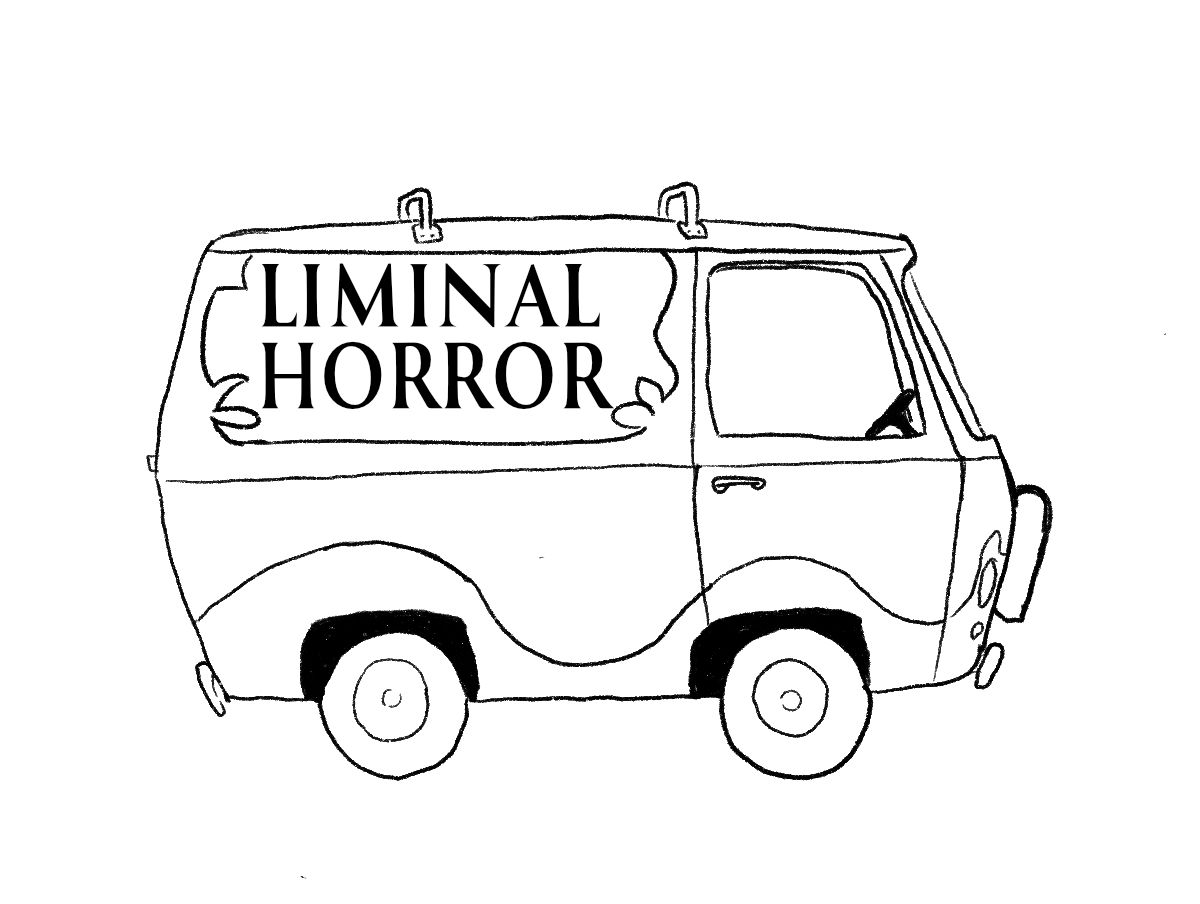APPENDIX V: VEHICLES EXPANDED

Vehicles
HP:
Vehicles have HP. When HP reaches 0 the vehicle is totaled. Totaling a vehicle causes damage to those in and around.
Vehicles Causing Damage:
Vehicle damage is relative to the target and its speed. Start at d6 and scale up or down according to the fiction/variables (size, speed, other aspects of physics).
Damage to Vehicles:
Damage against the vehicle depends on the method. Some things only do cosmetic damage (muscles, blades, blunt weapons), others can only bring it to 1HP (guns, power tools), while some can Total a car on their own (explosives, other vehicles, high impact).
Risky Actions you can take in a vehicle:
Ramming
Ramming causes damage to both objects that collide. If there is a size disparity, the smaller vehicle’s damage is Impaired (d4). Soft targets (like fleshy people) do not damage vehicles.
Can I damage monsters with a vehicle?
Short answer: Yes. More nuanced answer: Depends on the fiction. The only way to find out for sure is to try.
Chase Scenes:
You can’t grapple with the paranatrual without chase scenes. Sometimes you are outrunning the law/cultists, other times you are racing against the clock to save someone, sometimes it’s just that you are being chased by something not of this world. To the detriment of the PCs, it is often a combination of these things.
Complications:
When players are engaged in high-speed vehicle play, they should only be rolling if failure is interesting. Here is a table of potential complications that can happen when driving fast. Allude to these prior to a roll. Sometimes players can cleverly avoid one hazard while still being at risk of others:
- Environmental Hazard (broken down car, barriers, construction)
- Pedestrian (people in the street, on the sidewalk, soft targets vs hard bodies)
- Traffic (slow cars are the antithesis of speedy car chases)
- Car Troubles (lights, mirrors, tires, brakes, steering, check engine lights)
- Concerned Citizens (photographs, video taken/posted, calling the cops, people equal exposure)
- Damage or destroy property (parked cars, carts, furniture, shops, buildings, anything you find in a city).
Note: Some complications can compound, becoming larger obstacles for players (and impeding progress).
Proceduralizing Car Chases:
If you want a system to help reinforce tension, use a simple clock to show how close the party is to the goal. Set it to 4, with successes filling in a section and failures introducing a complication and/or erasing a section of the clock.
When all four sections are filled the players achieve their goal. Drivers can opt to do other actions (ram, overcome a complication, a clever maneuver) instead of trying to add to the clock.
Pre-Made Vehicles
Sometimes it helps to go with what you know. Choose a car your table knows (or has) in real life. Doing this can help players imagine how it handles when you push it to its limit against monsters, cops, and The Bureau… Sometimes it is more fun to go with some of the classics.
Motorcycle (4HP, looks as cool as it is dangerous).
’73 Oldsmobile Delta 88 (10HP, Armor 1, super versatile)
’72 Ford Club Wagon (10HP, Armor 1, has a tendency to run out of gas)
1983 Ford Econoline news van (12HP, Armor 1, fully set up to record and broadcast)
Snow Mobile (4HP, perfect for when the town is snowed in, and you need to get around)
1965/1968 Chevrolet sport van 108 (12HP, Armor 1…this vehicle can break down, be totaled, but never fully destroyed)
1985 Freightliner FLC-120 (18HP, Armor 3, slow…until it’s not)
(Writing, Design and Art © 2022 Goblin Archives)